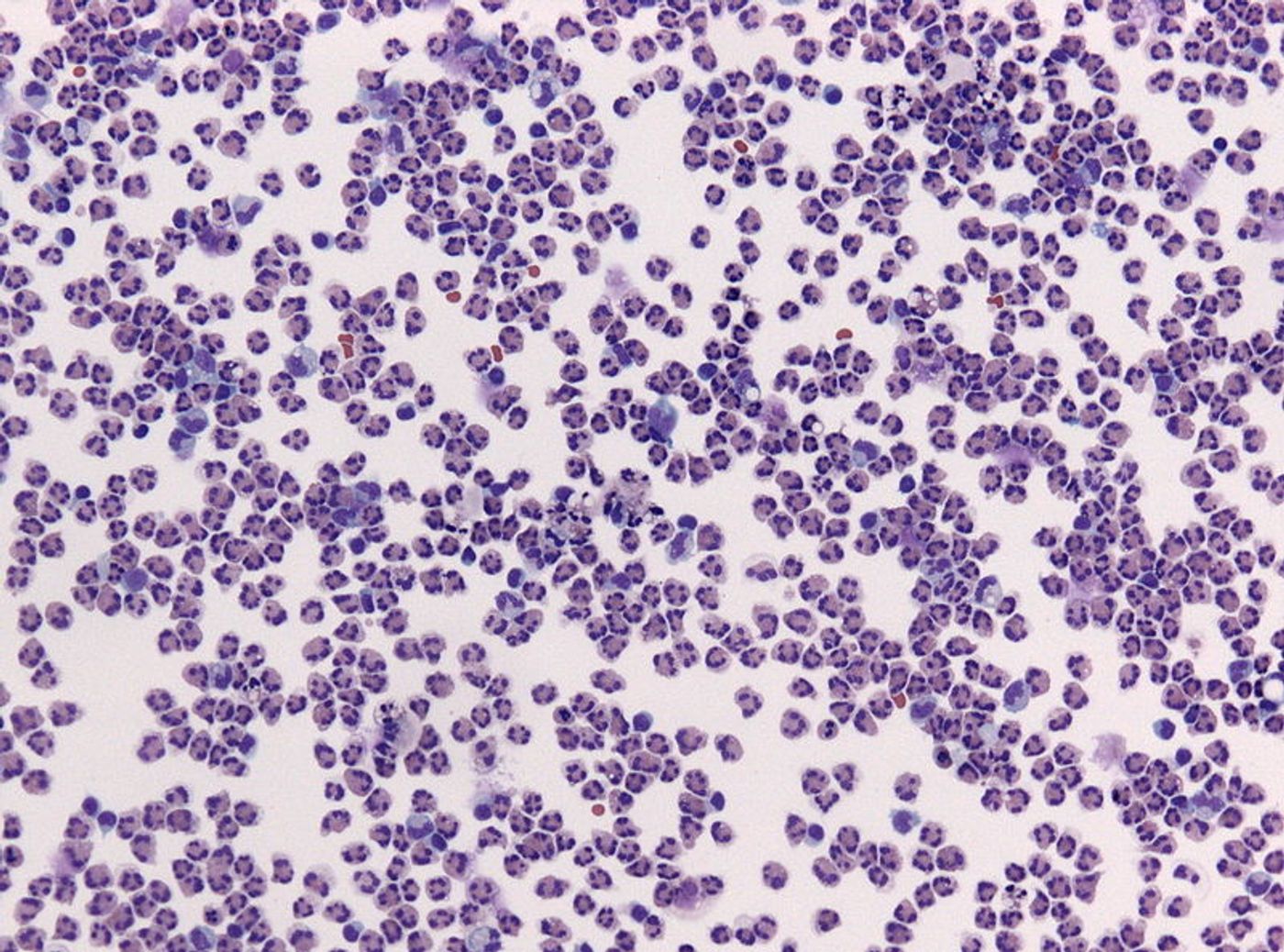Immune System Accidentally Allows Meningitis Brain Infection
Several immune cells help fungi infect the brain and cause meningitis when they should be doing the exact opposite. From the University of Sydney, researchers investigate the immune system’s inadvertent role in promoting meningitis infections so they can - hopefully – develop a better treatment.
Cryptococcus neoformans is a type of fungi that causes an infection, cryptococcal meningitis, when breathed in. Normally people exposed to the fungi don’t get sick, but a weakened immune system drastically increases the risk of infection. Cryptococcal meningitis kills one-third of those infected even when they’re given the right treatment, leading to 181,000 deaths out of 222,000 cases every year.
Meningitis describes an infection of the meninges, three membranes that cover the brain and spinal cord. Fluid that surrounds the brain and keeps it separate from the meninges becomes severely inflamed, causing headache, nausea, vomiting, lethargy, and light sensitivity in the initial stages of infection. As the infection worsens, brain damage, hearing loss, and coma are all possible.
Usually the immune system provides a barrier between pathogenic organisms and the human body, but when confronted with Cryptococci, the immune system falls short of its mission. First, immune cells called monocytes take the liberty of transporting the fungi from small blood vessels in the brain to the “peri-vascular space” outside of the blood vessels.
By design, the immune system should be protecting the body from such fungi, but in this case, they’re helping the fungi spread an infection. Next, monocytes release the fungi into the peri-vascular space, causing inflammation in the brain fluid and creating “tumor-like lesions.”
"We have shown for the first time that the early immune response in neurocryptococcosis is comprised of white blood cells called monocytes, neutrophils and lymphocytes, recruited from the blood across the endothelial lining of PCVs into the adjacent peri-vascular space,” explained Tania Sorrell.
Sorrell refers to immune cells like monocytes and neutrophils as “Trojan horses,” helping fungi like Cryptococcus neoformans infect the central nervous system to cause meningitis. Scientists want to use the research to develop new treatments for cryptococcal meningitis, including new drugs to complement existing antifungal drugs.
The present study was published in the American Journal of Pathology.
Sources: Centers for Disease Control and Prevention, Healthline, University of Sydney









